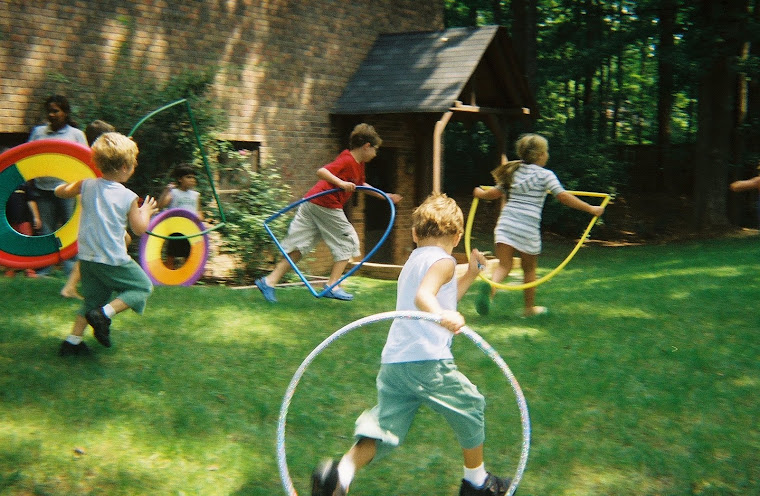Hypothetical Situation*
(names not actual names)
“Joey”* participates in
a self-contained classroom in his public school. He has done very well. Over the past 12 months his verbal skills
have dramatically. He now speaks in full
sentences and expresses his needs, thoughts and feelings. His echolalic speech has dramatically
decreased. He is no longer speaking in
cartoon conversations, etc.
Joey no longer needs to
be in constant movement. He is following directions and can sit a table to
complete a 3 step fine motor task for up to 30 minutes.
Concerns still remain
when with spontaneous (non-task related) actions. Recently he was rehearsing a
church program that was being led by older teenage boys and he was jumping
around and could not “stay still” even though he was reminded by the leaders to
do so and also by his mother.
There are other
situations similar to this that are a concern to his mother and to some degree
cause a level of embarrassment when these incidents occur.
The Immediate questions
for the family is how to control him and how to limit these unusual behaviors.
Questions also arise as to if these behaviors should be tolerated as “sensory
based” or are they just “mis-behavior”?
What is sensory what is
not
Almost everything we do
as human beings is sensory: we feel, we speak, we smell, we touch and when we
do we react to those experiences.
What makes the Autistic
child different is that they do not have a filter through which to decide how to plan what to do when.
These children do not
have the intuitive ability to follow a motor emotional cue to redirect their
actions.
These reactions are sensory. Occupational Therapy teaches self-regulation
as well as standard motor emotional response patterns that help meliorate and
qualitatively enhance the child’s repertoire of socially acceptable behaviors.
However, in novel
situations such as having to follow specific directions in a typical group of
peers, these learned behaviors cannot easily be recruited because the situation
is so different from those within the child’s familiar expectations.
For the Autistic child
following verbal directions is difficult because they cannot visualize what is
being asked of them. In larger
unfamiliar groups, being given verbal directions, particularly “reprimands” is
almost intolerable for the Autistic child. They do not have the emotional
resources as to how to alter their behaviors to “do it right” and they do not
completely comprehend what it is they are doing wrong.
These sensory inputs: everyone
around the child (personal space), the sound of singing (noxious to a child
with auditory sensitivities), visual spatial processing (where to stand),
proprioception /body awareness (how to be still) become muddled for this
impacted child. And the more he is told
to stop, the more sensory agitated he becomes so he gets to the point where is
cannot stop.
To the uneducated he
looks like BUT IS NOT a misbehaving child. This is why it is important to
explain to the “leaders” in these situations that Joey may need a little more
“TLC” than the other children.
Things to do that may
help
1.
Instead of the (usual) putting the out of sync child
in the back, place Joey in the front so that the stimuli of others around him
is reduced.
2.
Have him wear a weighted jacket so that he can feel
him body more securely
3.
Put on sound reducing head phones so he can “hear” but
muted so that he is not over reacting to the extraneous noises
4.
Rehearse the songs (or play or __) at home before he
gets to the rehearsal and/or the program
5.
Gently remove him from the situation and (in private)
give him deep pressure massages to the neck and back for about 2 minutes.
6.
Let him do jumping jacks if he is expressing the need
to move.
Things to understand
1.
Joey is doing his best
2.
This is not about parenting
3.
The “annoyance” of others is their problem not yours
4.
Take self judgment out of the picture—you know your
child and you are doing your best.
5.
This is not intentional on the child’s part it is
reactionary and in part sensory and learned behaviors: (the child learned in
situation “A” to do “B” but in novel situations he is at a loss. It is the treatment of Occupational Therapy
to diversify his reaction repertoire.

No comments:
Post a Comment